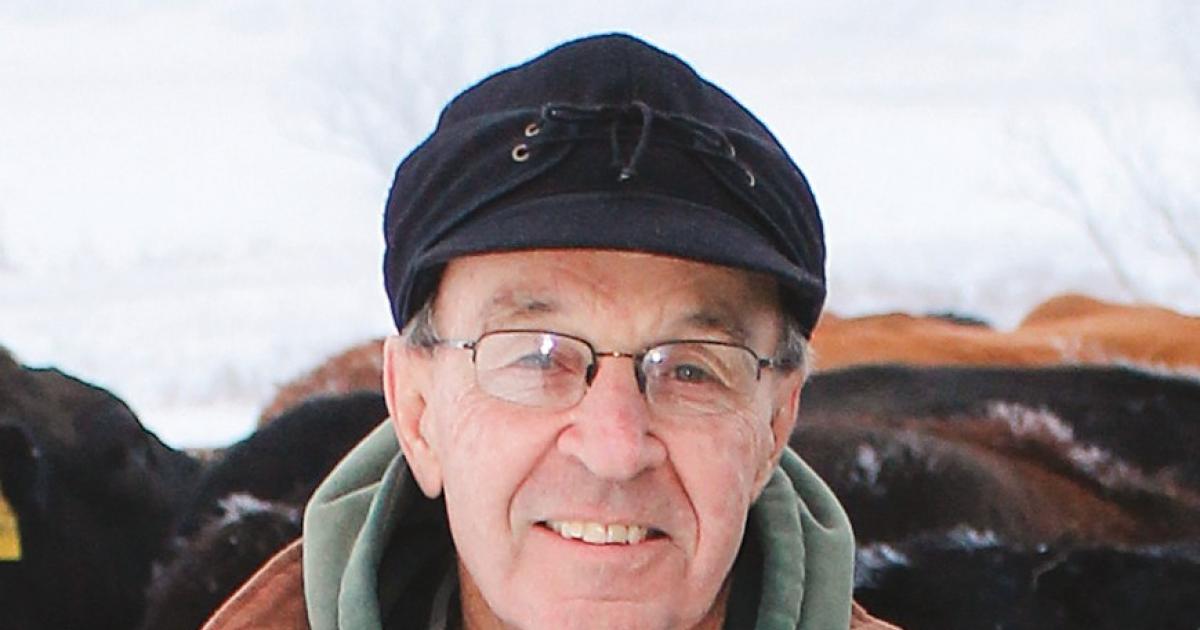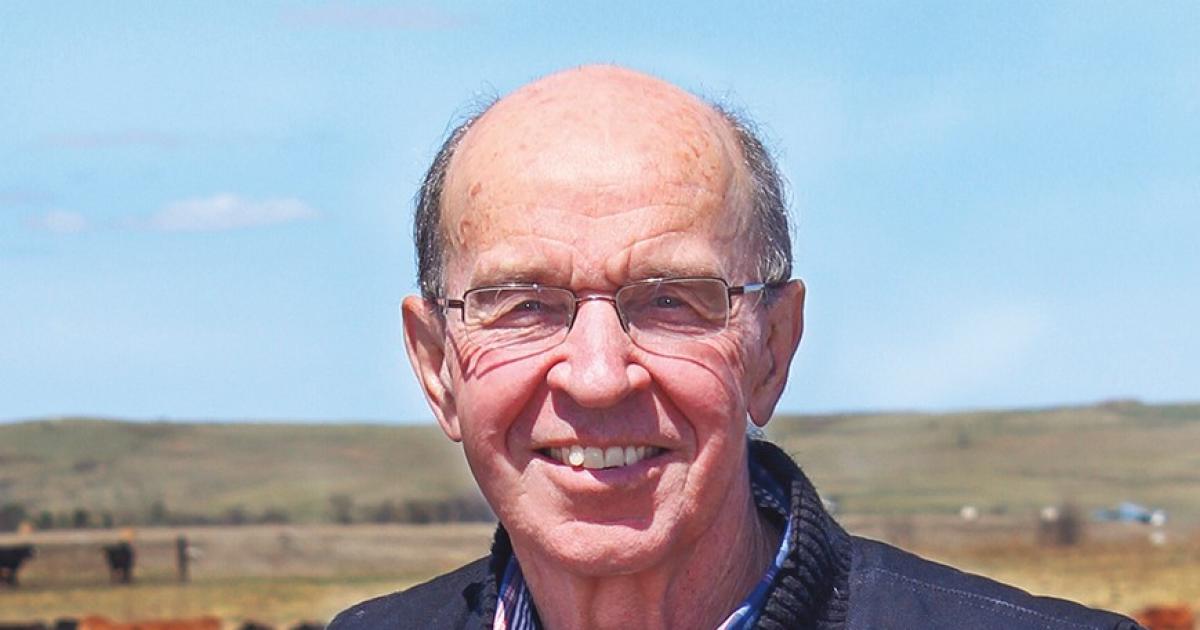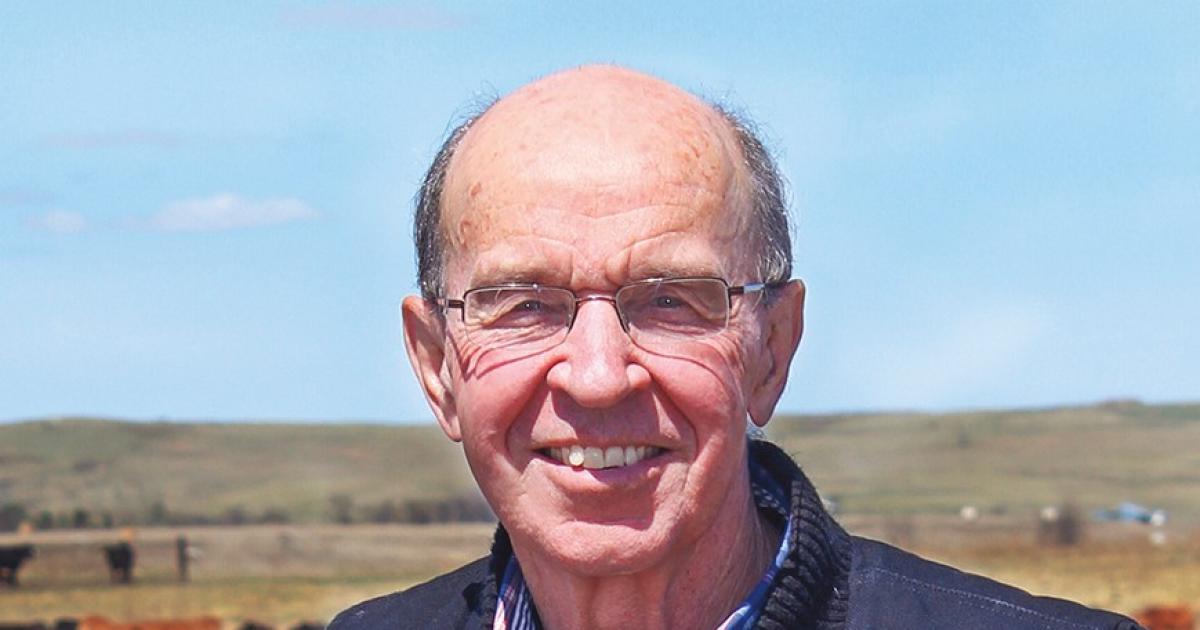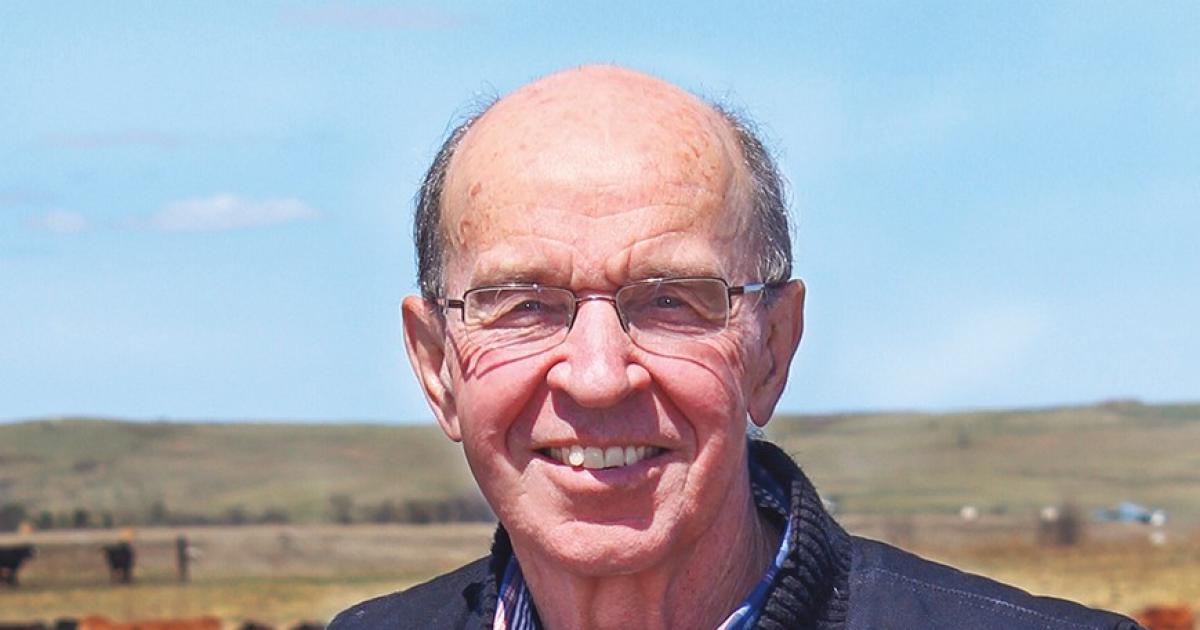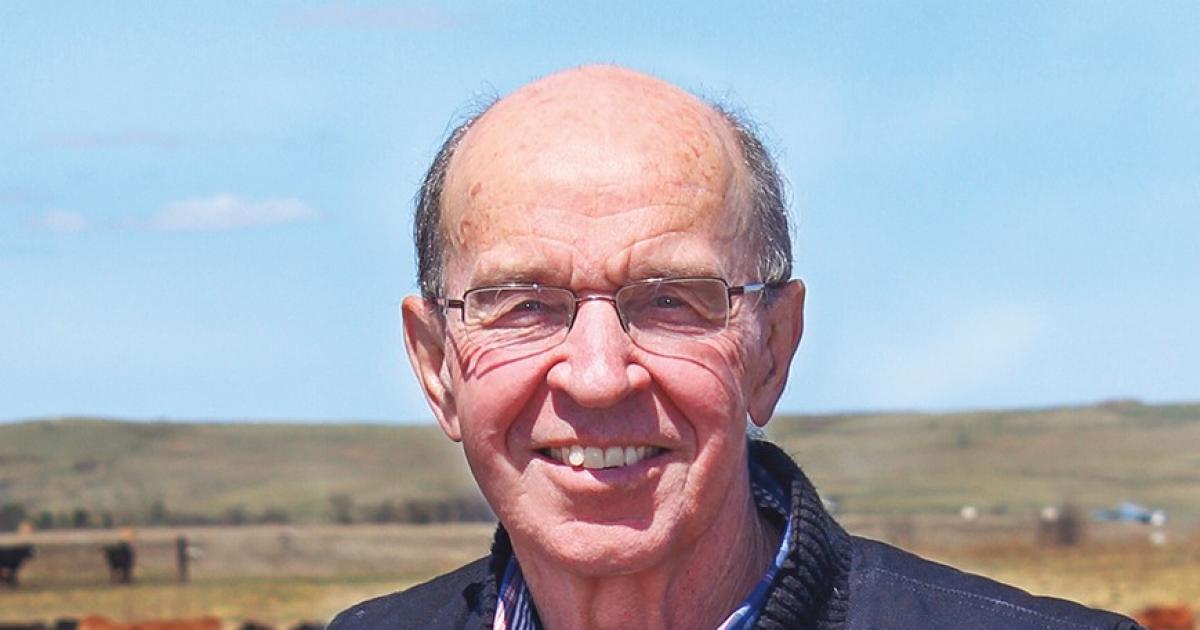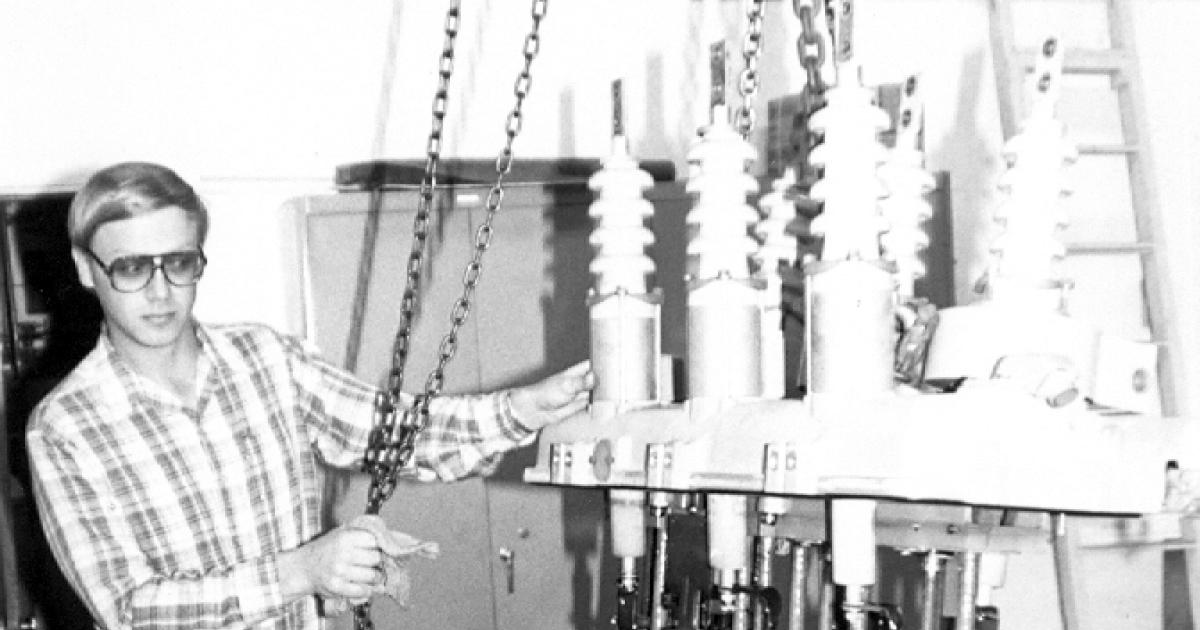General Mills has hired consultants who work directly with those producers. The consultants do comprehensive soil tests, document soil carbon levels and do insect inventories. Then they work with the farmers to build soil health through the use of cover crops, crop rotation and integrated crop-livestock systems.
A consultant told me, “General Mills realized that if they were to get a consistent supply of high-quality grain, they needed to make sure farms and ranches were profitable, and the quality part relates back to the health of the soil.”
Al Gustin
One who thinks agriculture’s reliability should not be minimized is Neal Fisher, administrator of the N.D. Wheat Commission. Fisher cites statistics that crops and livestock, combined, have generated between $7 billion and $8.5 billion in all but two of the past 12 years. If you add crop insurance and government payments, Fisher says, the annual new wealth from those two agricultural sectors has been between $8 billion and $10 billion in all but two years since 2008.
The scholarship applications listing the students’ accomplishments and goals were all impressive. But I found the letters of recommendation especially revealing. Here are some of the comments made in those letters. “Well-organized, passionate and dependable.” “Her work ethic and determination will push her to succeed in everything she undertakes.” “Responsible beyond his years and looked to for leadership.” “Outstanding student leader and citizen.”
I was never an accomplished cattle judge. In fact, the first time I had to judge, formally, was in college. Unlike most of my classmates, I hadn’t had the benefit of years of 4-H or FFA livestock judging. Assessing a “class” of four steers or heifers, ranking them and then giving oral reasons to defend my placings was, for me, a daunting challenge.
I was never an accomplished cattle judge. In fact, the first time I had to judge, formally, was in college. Unlike most of my classmates, I hadn’t had the benefit of years of 4-H or FFA livestock judging. Assessing a “class” of four steers or heifers, ranking them and then giving oral reasons to defend my placings was, for me, a daunting challenge.


